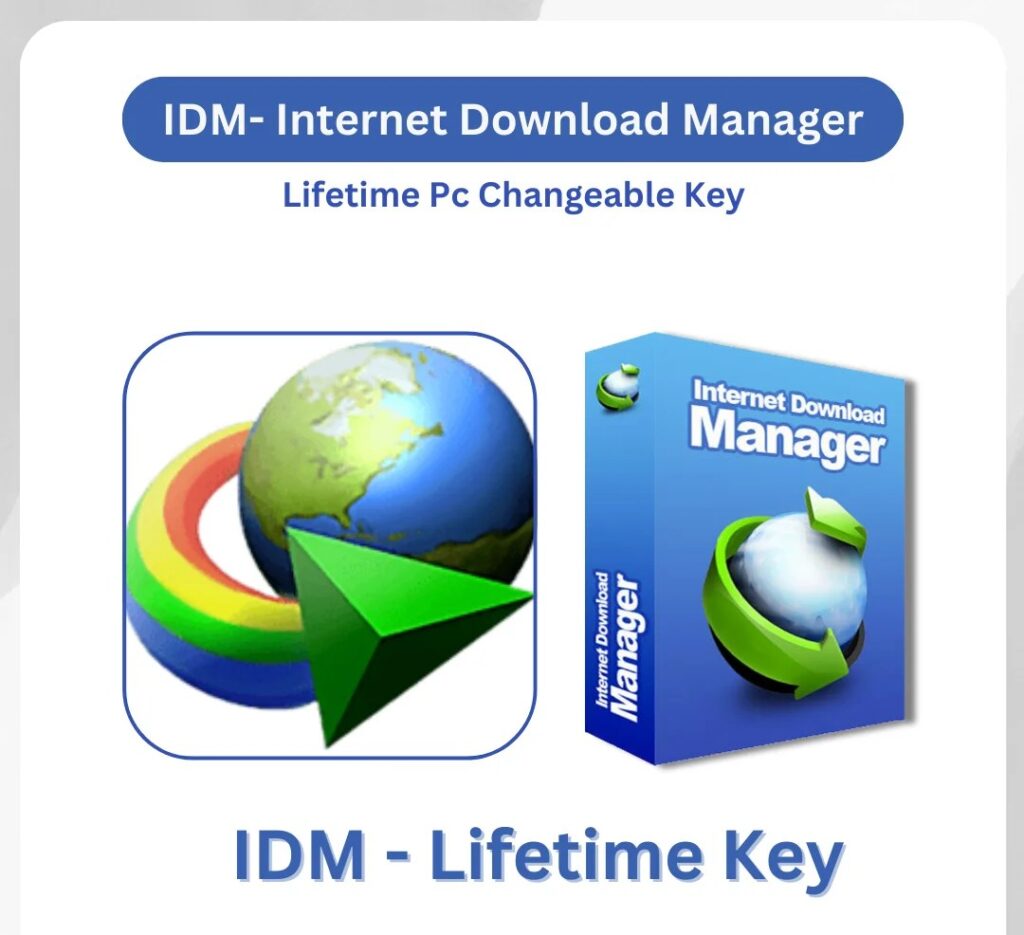- What is Life Insurance?
- Why Life Insurance is Essential
- How Life Insurance Works
- Types of Life Insurance Policies
- 1. Term Life Insurance:
- 2. Whole Life Insurance:
- 3. Universal Life Insurance:
- 4. Variable Life Insurance:
- 5. Final Expense Insurance:
- How to Choose the Best Life Insurance Policy
- Benefits of Life Insurance
- Common Life Insurance Myths
- Life Insurance FAQs
- Final Thoughts

Discover everything you need to know about life insurance. Learn how it works, types of policies, benefits, and expert tips to choose the right coverage for your needs.
What is Life Insurance?
Life insurance is a contract between a policyholder and an insurance company where the insurer pays a lump sum to designated beneficiaries upon the insured’s death. It provides financial security and peace of mind to loved ones.
Why Life Insurance is Essential

- Financial Protection: Ensures your loved ones are financially secure in your absence.
- Debt Coverage: Helps pay off outstanding debts such as mortgages and loans.
- Income Replacement: Replaces lost income for dependents.
- Estate Planning: Assists in wealth transfer and legacy planning.
How Life Insurance Works
- Policyholder: The person who owns the insurance policy.
- Premiums: Regular payments made to maintain coverage.
- Death Benefit: The payout to beneficiaries after the insured’s death.
- Term Length: Duration of coverage, either temporary (term) or permanent.
Types of Life Insurance Policies

1. Term Life Insurance:
- Provides coverage for a specific period (e.g., 10, 20, 30 years).
- Lower premiums compared to permanent policies.
- No cash value component.
2. Whole Life Insurance:
- Lifetime coverage with fixed premiums.
- Accumulates cash value over time.
3. Universal Life Insurance:
- Flexible premiums and coverage.
- Cash value linked to market interest rates.
4. Variable Life Insurance:
- Combines life insurance with investment options.
- Cash value fluctuates based on market performance.
5. Final Expense Insurance:
- Covers end-of-life expenses like funerals and medical bills.
How to Choose the Best Life Insurance Policy

- Assess Your Needs: Consider income, debts, and family needs.
- Compare Policy Types: Term vs. permanent coverage.
- Determine Coverage Amount: Calculate financial support needed for beneficiaries.
- Review Premium Costs: Balance affordability and coverage.
- Check Policy Features: Look for added benefits like riders for critical illness.
Benefits of Life Insurance
- Peace of Mind: Knowing your loved ones are protected.
- Tax Benefits: Death benefits are often tax-free.
- Financial Security: Provides a safety net during difficult times.
- Legacy Planning: Helps pass wealth to future generations.
Common Life Insurance Myths
- Myth: Life insurance is too expensive.
- Fact: Many affordable options are available.
- Myth: Only breadwinners need life insurance.
- Fact: Stay-at-home parents also contribute significantly to household stability.
Life Insurance FAQs
Q: When should I get life insurance? A: Ideally, when you have financial dependents or significant debts.
Q: Can I have multiple life insurance policies? A: Yes, you can have multiple policies to meet varying financial needs.
Q: Is a medical exam required? A: Some policies require it, while others offer no-exam coverage.
Final Thoughts
Life insurance is a vital tool for financial planning, ensuring your loved ones are protected and secure. By understanding your options and choosing the right policy, you can safeguard your family’s future.
Call to Action: Compare the best life insurance policies today and secure your family’s financial future!




